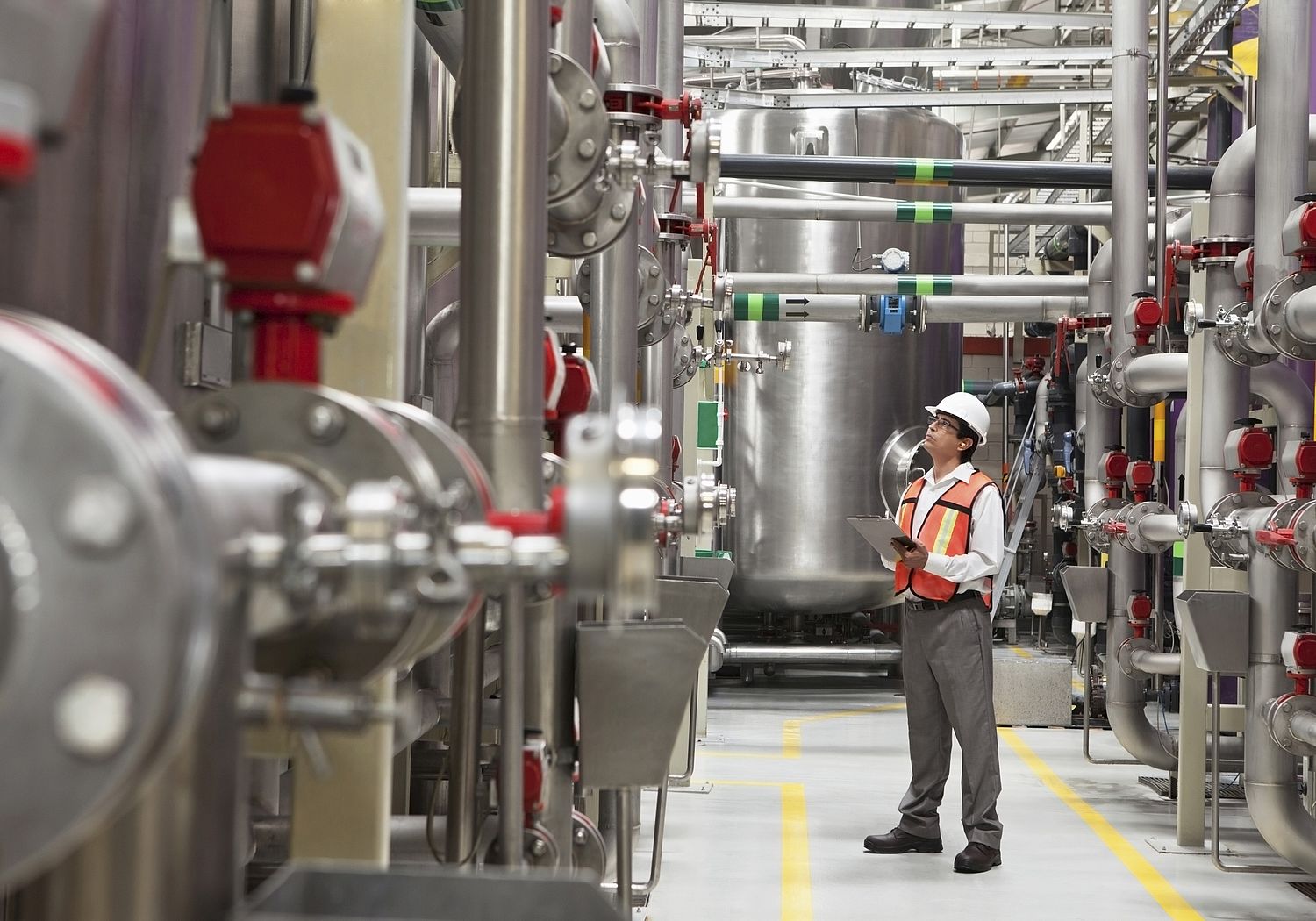Industrial standards in the intermediate pressure-to-vacuum range
Short Name: pres2vac, Project Number: 14IND06
Supporting development of more efficient industrial operations and processes
The safe and efficient operation of many industrial processes rely on accurate measurements of pressure. Pressure instrumentation is essential to operations as varied as power plants, petrochemical and pharmaceutical production, storage of nuclear waste, and avionics. However, the accuracy of the primary instruments intended to underpin calibrations of these devices can be affected by weather conditions, especially atmospheric pressure. This means that targeted levels of accuracy for calibrations often cannot be achieved, leading to possible failure to maintain optimal pressures and process efficiencies.
Since 2014, an EU Commission Regulation has restricted the use of mercury in pressure measurement instruments, but mercury manometers were still used in some calibration, industrial and research settings, presenting a regulatory and potential health challenge. To comply with the regulation, new measurement instruments were needed, together with new calibration approaches and techniques to ensure sufficient accuracy in all conditions.
The project devised highly accurate measurement techniques in intermediate ranges of pressure, from around 1 pascal to 100 kilopascals. These were developed into suitable primary and transfer standards, and new calibration techniques were devised to establish NMI calibration services in this pressure range.
Furness Rosenberg Standard (FRS) piston gauges and Force-balanced Piston Gauges (FPG) were developed as primary and transfer pressure standards, based on the use of oil instead of mercury. The drawbacks of existing designs caused by variations of oil density with pressure were addressed to enable consistent measurements. Fabry-Perot refractometry devices, that quantify gas density by measuring refractive index, formed the basis of a calibration bench, useful as a transfer standard in the range for 1 Pascal to 13 kilopascals.
Accurate pressure calibration methods, independent of ambient conditions, were then developed, for both positive and negative (below atmospheric pressure) gauge pressure standards. Two new techniques were developed for low gauge pressures, using hermetic chambers as new sensors types. Three alternative methods for calibrating negative gauge pressure were developed, using various configurations of absolute and gauge pressure balances and barometers, to suit the instruments to be calibrated and laboratory conditions.
A comparison to support NMI measurement capabilities was initiated, and following the project, new services were initiated at CEM, CMI, IMT, LNE and PTB. By using LNE’s new pressure measurement service, Druck Ltd, part of the energy technology company Baker Hughes demonstrated long-term stability of a prototype pressure sensor. This sensor was developed for a new aero-engine platform intended to operate at higher temperatures than current engines. This service, therefore, accelerated development of highly accurate pressure sensors with extended reliability intended to support the safe operation of more fuel-efficient aircraft engines.
The new primary standards, using alternative manometric liquids such as oil, supports EU requirements for reducing the risks of accidental environmental pollution in Europe by reducing reliance on mercury-containing pressure-measuring devices. Importantly, new standards supporting enhanced reliability and accuracy of pressure measurements in industry will accelerate the development of more efficient and less wasteful industrial processes and operations.
Metrologia
Journal of Vacuum Science & Technology B
Measurement Science and Technology
Journal of Vacuum Science & Technology A: Vacuum, Surfaces, and Films
ACTA IMEKO
Measurement
International Journal of Metrology and Quality Engineering
